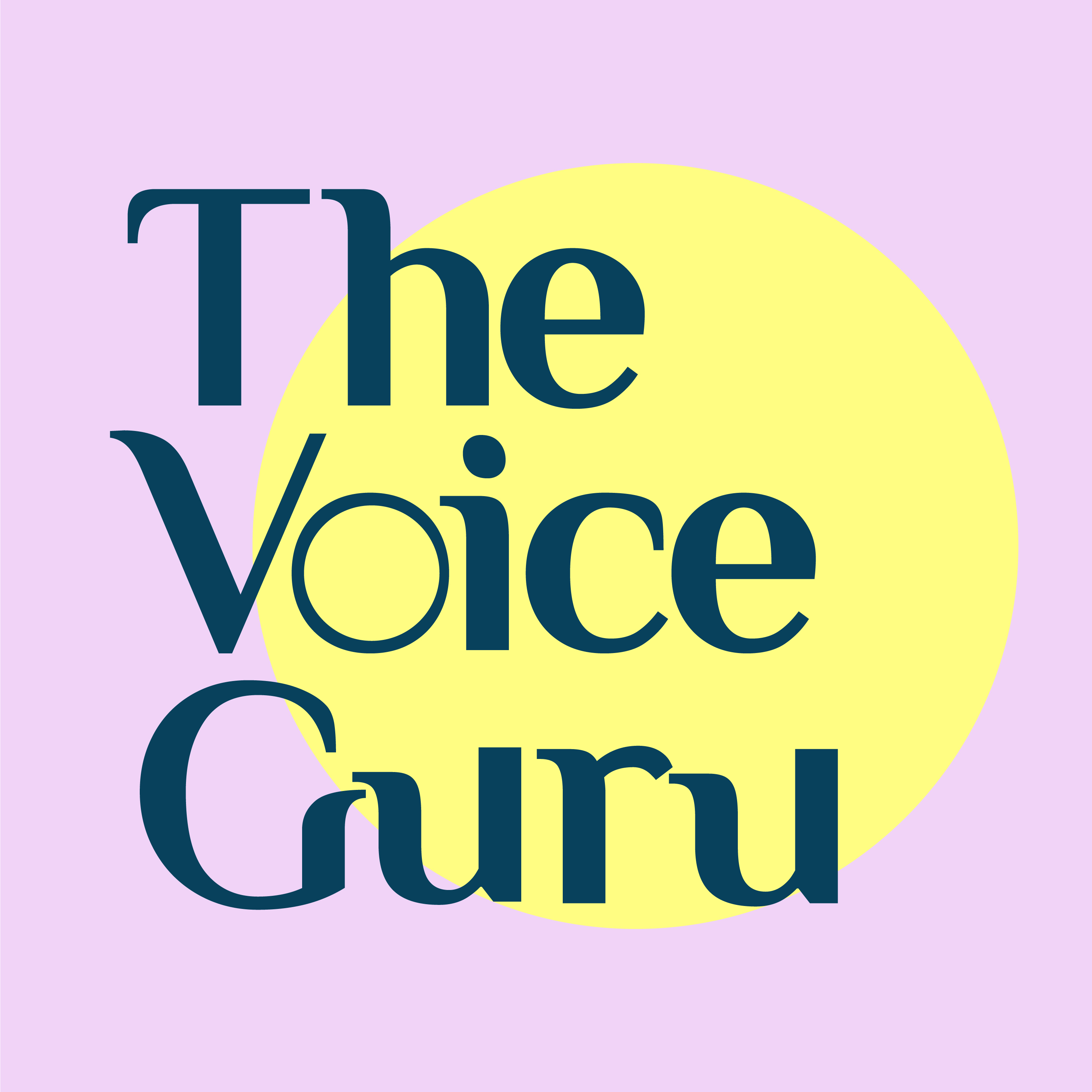Most singers have a tendency to question their breath support and the way they are connecting the air to the vibration of the sound. Correcting the breath fixes most of the issues related to singing technic.
Age & Technic
Age has little affect on the way we sing. Once we have learned the basics of singing, we carry out this procedure for the rest of our careers. Indeed, we have to adapt to our changing body, but the principle remains the same. The breath is a big part of this process and one should take this seriously in the early stages of learning.
What is natural to you?
Breathing for singing is not very different from breathing in real life, breathing while running, biking or sleeping. The paradigm of your body remains the same and should not be altered once you are ready to sing. Keep what is natural to you and to your body at all times.
The sound comes from a vibrating source. In the case of singing, the source is the vocal cords. They vibrate as a result of the passing air. But micromanaging the throat will break the natural reflex of the vocal cords and this will cause you to push and exhaust your voice.
The cycle of life
The breath should be seen as a cycle. The inhalation and exhalation are not separate entities but both form one breath. This cycle starts at our birth and never stops.
When breathing in to sing, we do not wait for the air to come out. The exhalation is embedded into the inhalation. So the air passing in should not be kept within before singing. There is no break between the in and the out. See it as a sigh: HAAAA…
This mechanism is done directly after the inhalation. Singing is like exhaling. The only difference is that the action is maintained in order to create a melodic phrase. We need to balance the amount of air coming in and out. If you breathe in too much, you are more likely to release all the air at once instead of balancing it with the voice. And if you do not breathe in enough, you will run out of air very quickly and the throat will get in the way in order to compensate.
Muscles or reflex?

It’s an abdominal wall, going from the sternum to the pelvic floor. It moves parallel to yourself, as if you are singing and breathing towards yourself. The entire wall is one entity and should not be seen as separate. When I breathe in, the abdominal wall expands to then slightly go inwards creating a pressure for the air to come out, hence creating a sound. See it as a tube that goes from the pelvic floor up towards to head for maximum projection. With proper technic, you do not require the use of a microphone to be heard.
We do not engage muscular tension in the abdominal wall, but we allow it to react to the breath. The visible muscles from the outside are not entirely responsible. But the TVA and intercostal muscles are held accountable for creating this air pressure. Keep in mind that moving the chest is not an option because you will break the natural course of the body. Maintain a straight posture at all times to help the body react in a proper manner.
Too tight?
You will feel you have strained your throat when:
1) You have lost focus:
In this case, focus on what your abdominal wall is doing instead of the end result.
2) Mouth singing:
This means you are projecting the sound out from your mouth instead of allowing it to go up towards your head.
Make sure to watch the Open Throat episode to get more information on how to breathe in and maintain an open throat when you sing.
Chakras & Balance

Breathing is a healing mechanism that has been adopted in alternative medicine like yoga and meditation. Basically, all the chakras are coordinated in a perfect harmony starting from the root chakra to the crown chakra. I will not be discussing this idea much further, but you are more than welcome to explore.
OTHER TUTORIALS & LESSONS HERE

Hi, I’m the Voice Guru, but you can call me John Tracy.
I’ve been teaching voice and music for the past 15 years. With experience in Opera, Jazz and Pop, I share my knowledge and everything related to the Art of Singing in my weekly videos, every Friday, ad free!
This channel is dedicated to all the singers out there, advanced professionals or young achievers seeking answers to issues they encounter throughout their artistic career.
If you’re looking to have a better understanding of the Art of Singing, or wish to get extra tools and tips from a professional singer and voice coach, you’re at the right place!
